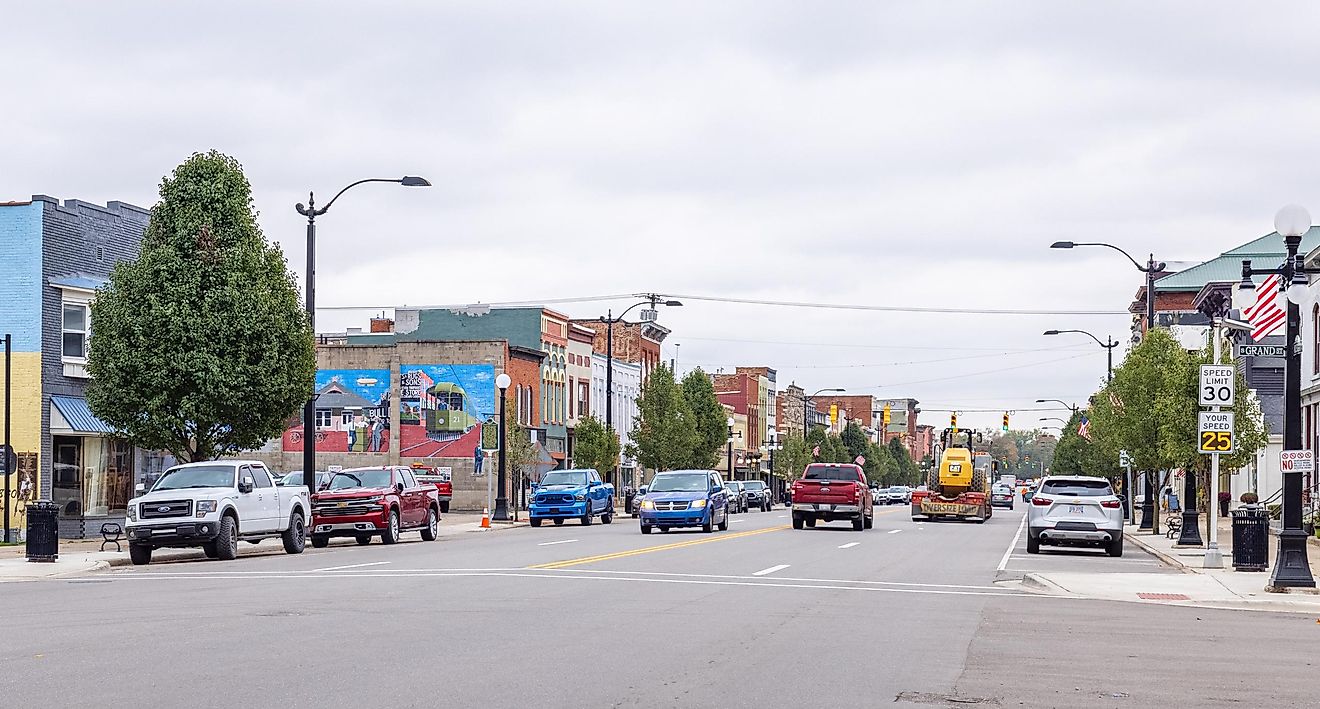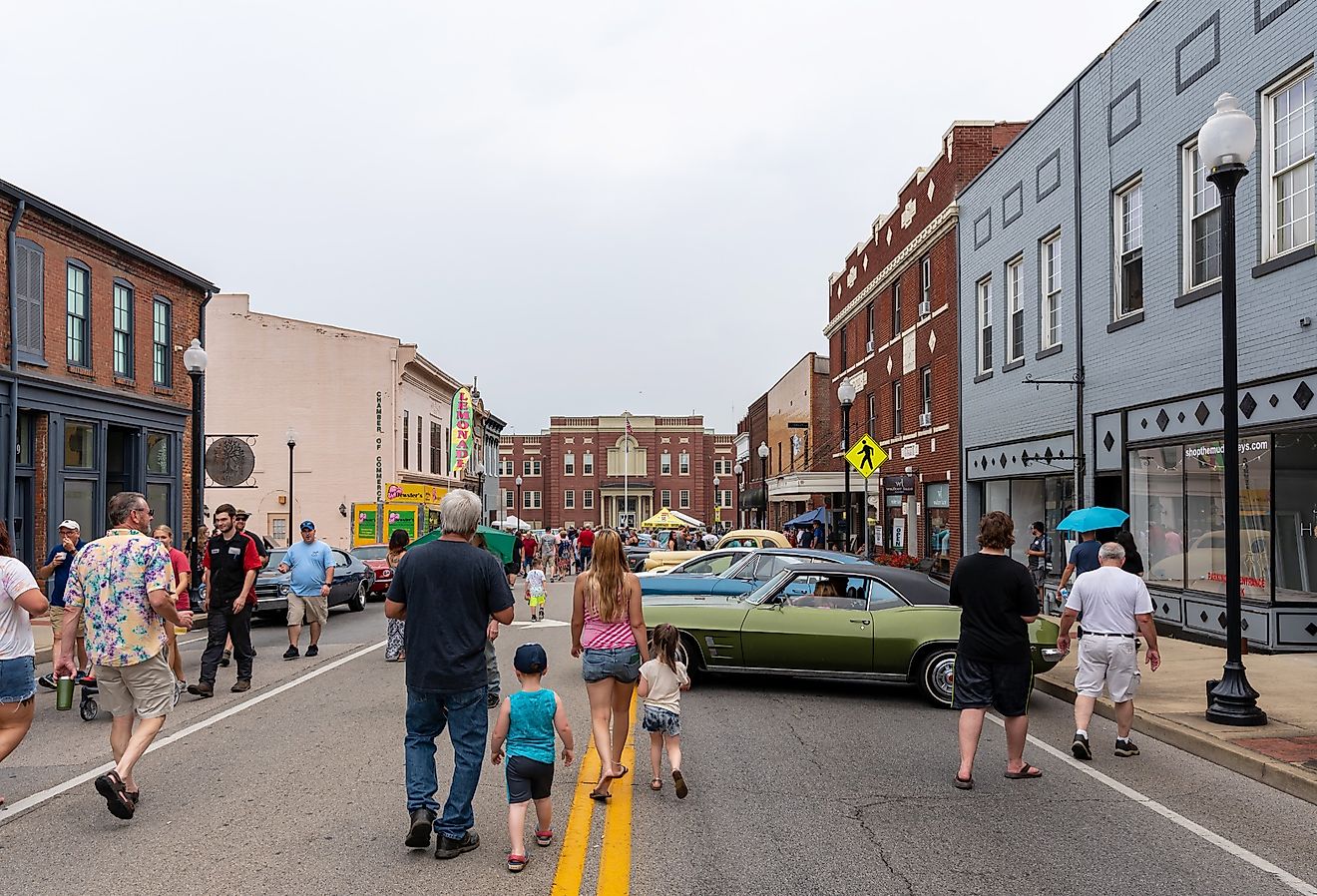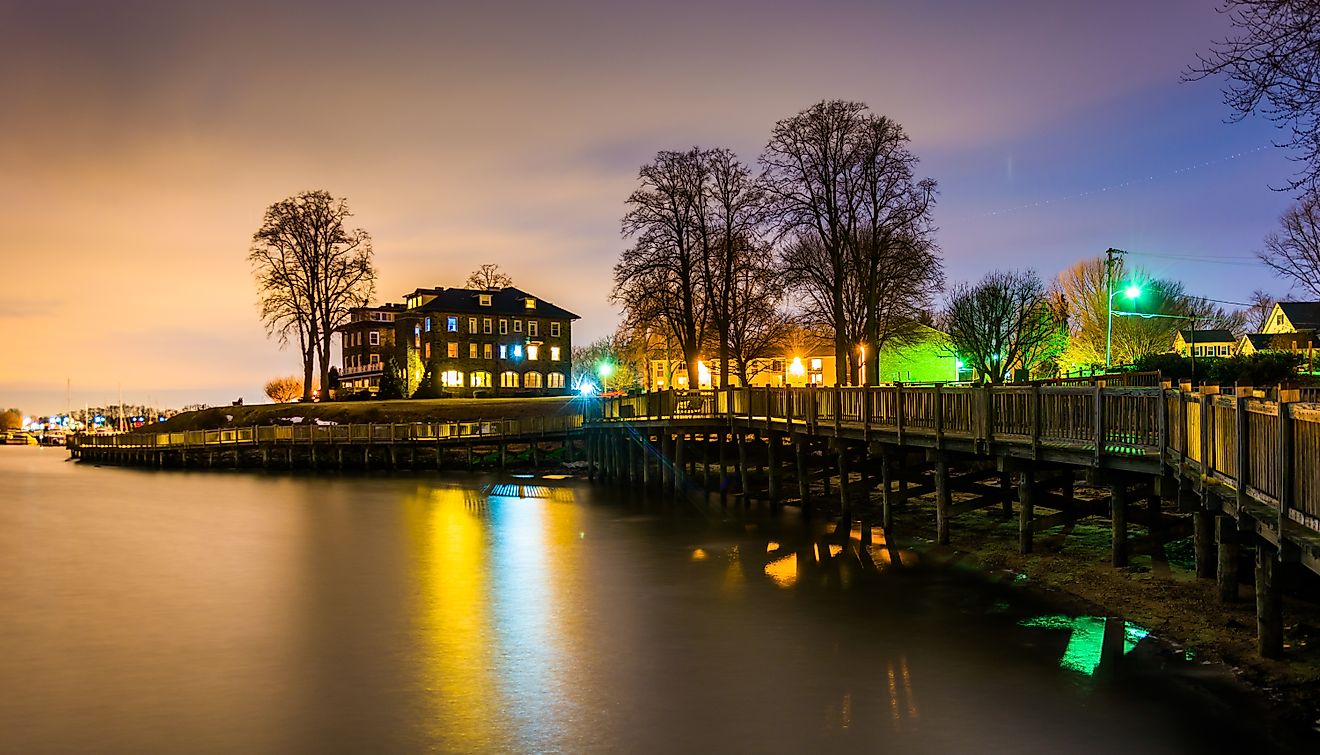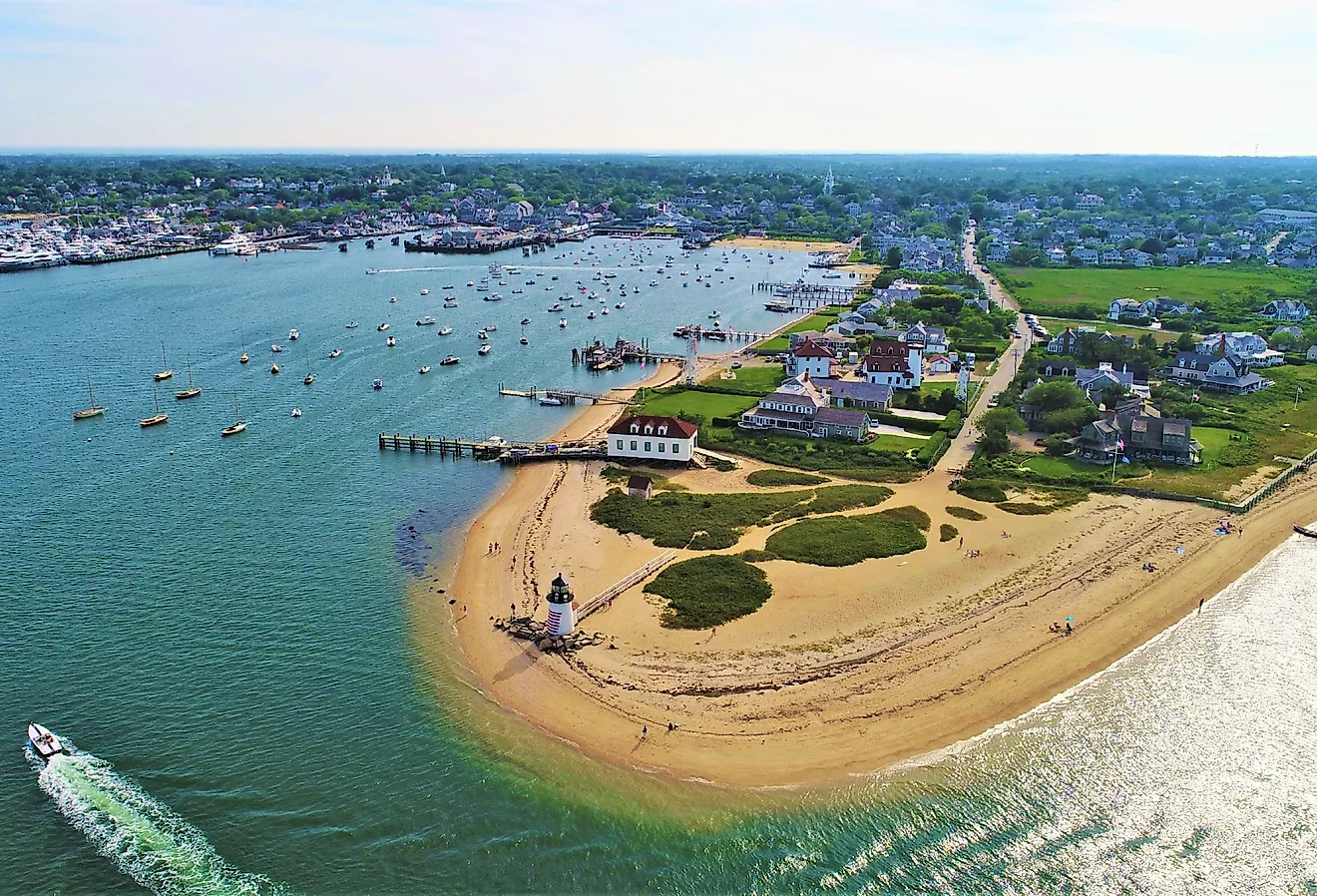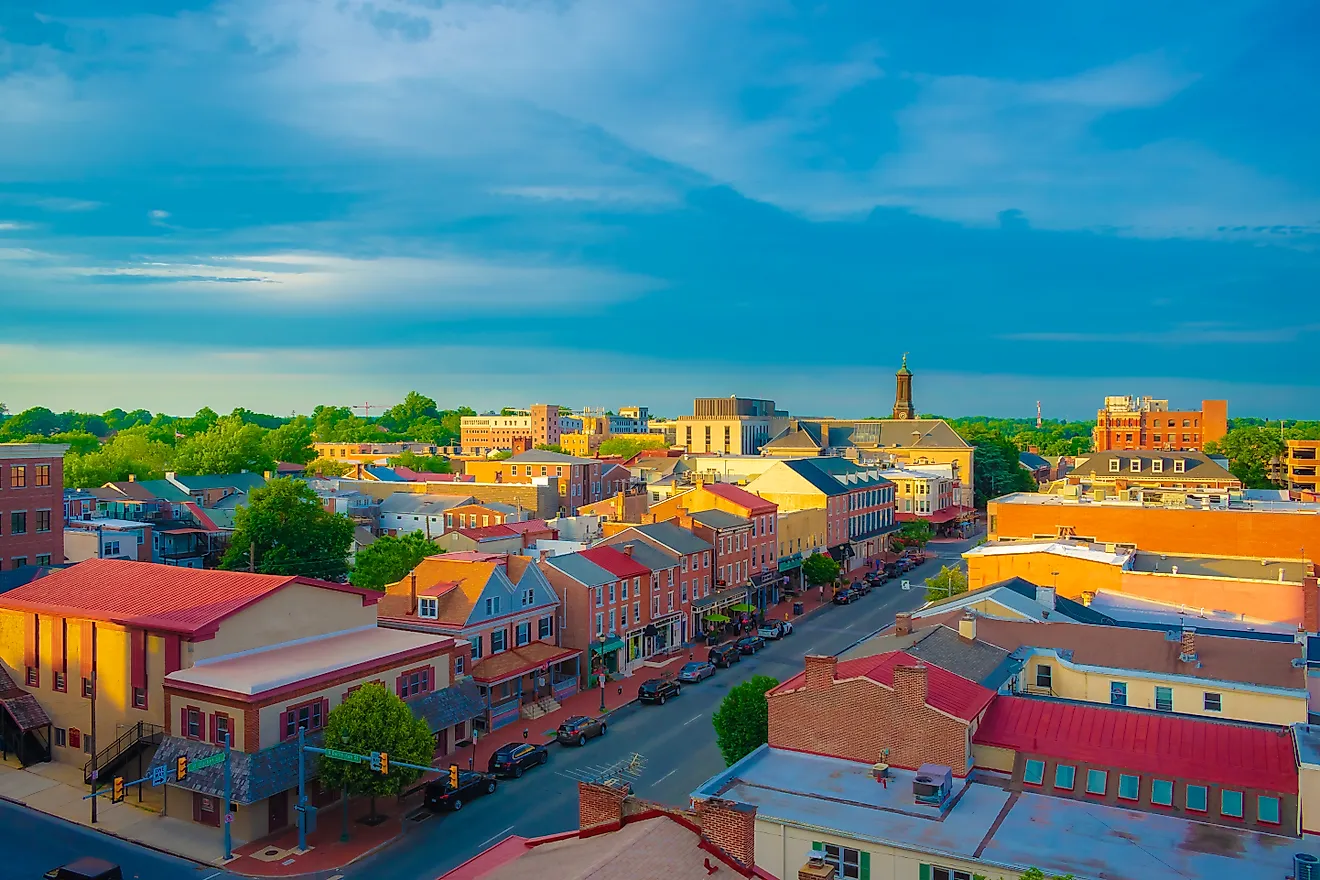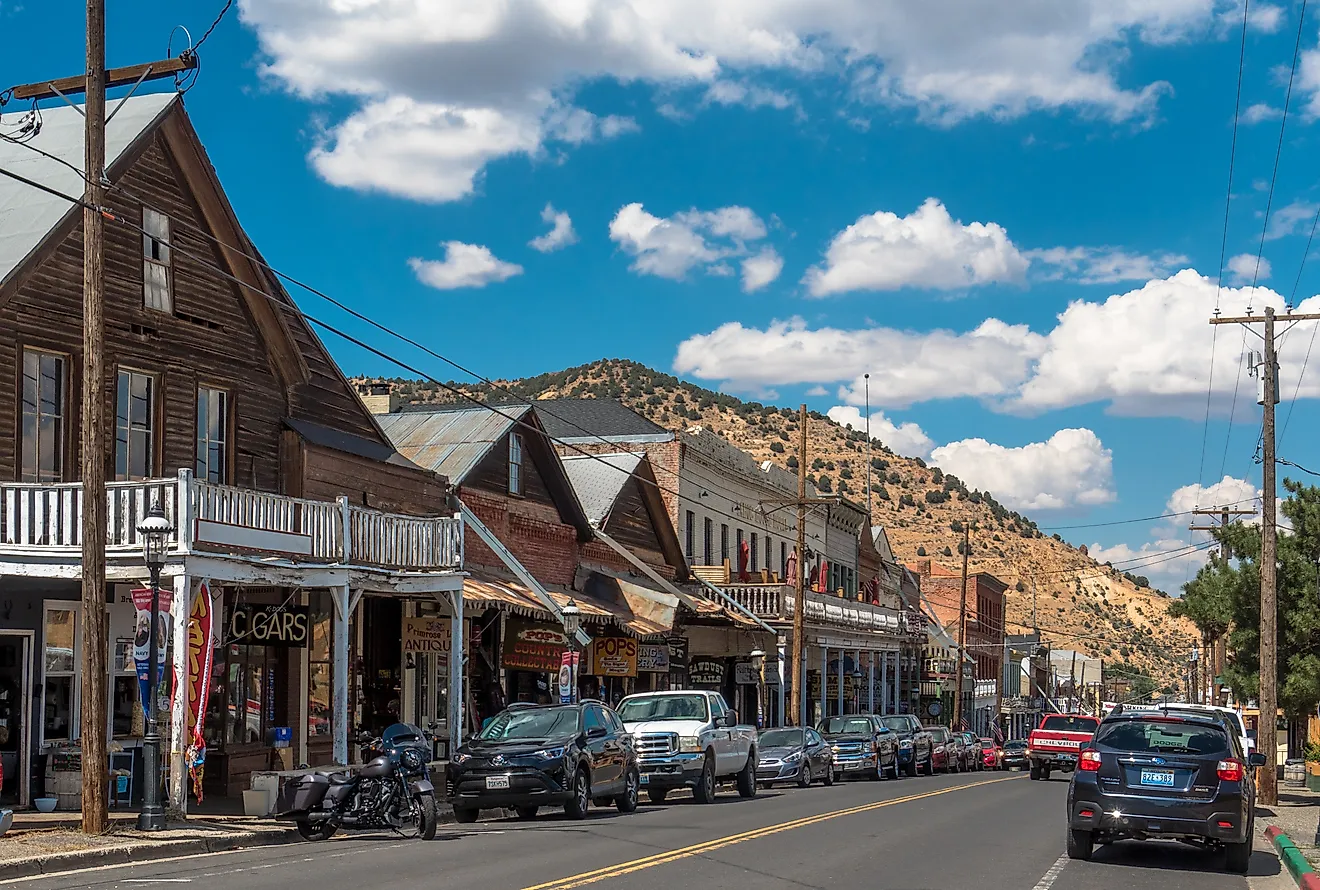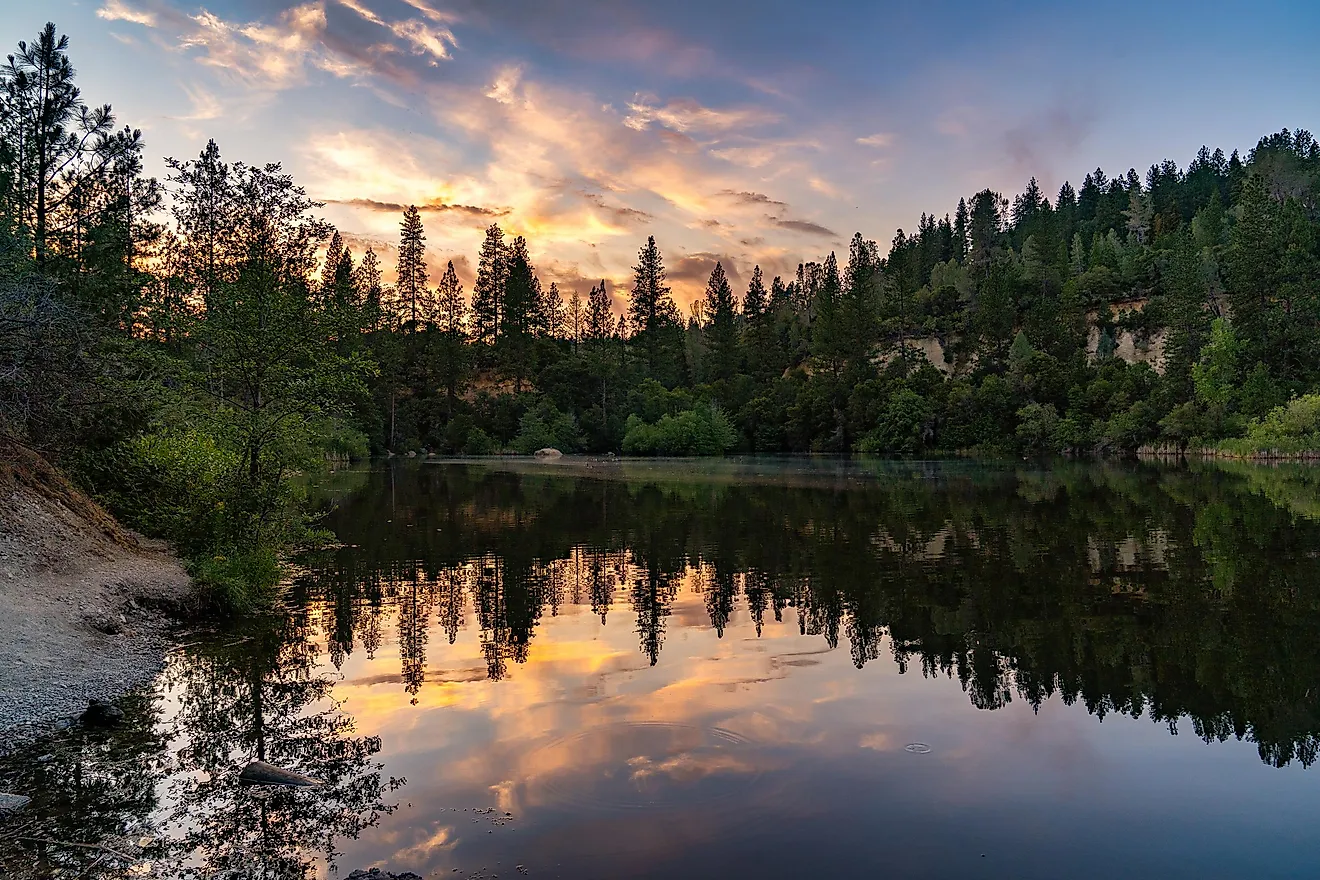
10 Best Places To Retire In Hawaii
When people picture a retirement getaway, Hawaii often comes to mind. You can sink into local culture, take in coastlines and mountains, or simply find a quiet place to step back from daily noise. With multiple islands, you are not tied to one spot. Inter-island trips are straightforward once you settle in. Statewide home values sit around the Hawaiʻi median of roughly $826,000, so choosing the right town matters. Below are options that balance access, community, and cost for those planning to make Hawaiʻi their next home.
Hilo

Hilo grew up around sugar plantations in the 1800s and is now the largest town on the island of Hawaii. Homes are typically well under the state median, at a little over $535,000. Medical care is close by at Hilo Medical Center. Hilo suits retirees who like an active town with classes, performances, and lectures through the University of Hawaii at Hilo. Popular stops include the ʻImiloa Astronomy Center and the Panaʻewa Rainforest Zoo and Gardens. Fans of history can explore the Lyman Museum, and outdoor lovers are a reasonable drive from Hawai’i Volcanoes National Park for trails, lava landscapes, and lookouts. The mix of services, education, and easy day trips makes Hilo a practical base on the windward side of the island.
Honoka’a

Honokaʻa offers a small-town pace with plenty of locally owned shops. The town has about 2,700 residents, which keeps things low-key. On weekends, you can browse the Hāmākua Harvest Farmers Market, and for everyday bites or produce, stop by Honokaʻa Country Market. History runs through daily life here, with the Honokaʻa Heritage Center preserving plantation-era stories and artifacts. If you enjoy film or community events, the historic Honokaʻa People’s Theatre screens new releases and hosts performances, including dance nights. Housing costs come in below the statewide median, with typical home values a little over $650,000. For practical needs, Hale Ho‘ola Hāmākua hospital provides local care, and Hilo’s broader services are within driving distance. Overall, Honokaʻa blends daily conveniences with an easy rhythm that appeals to retirees seeking a simpler routine.
Kaunakakai
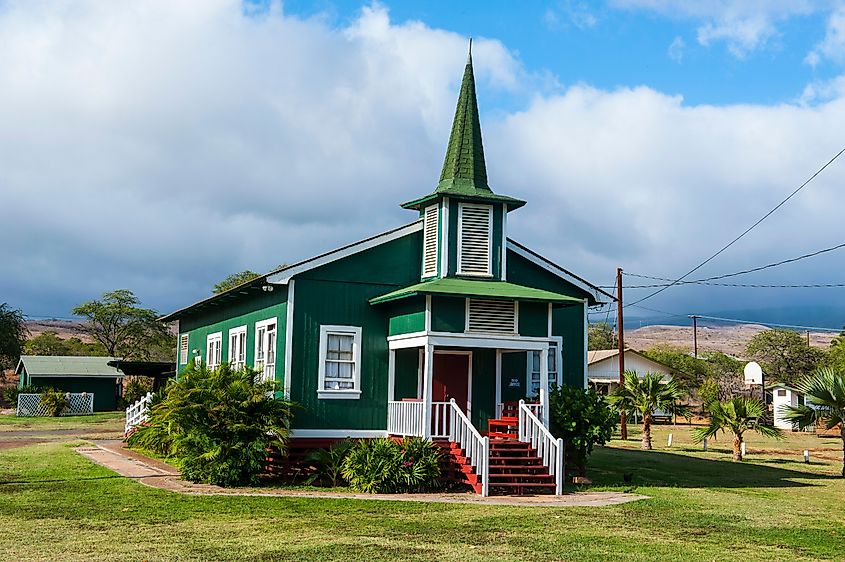
With houses costing less than half of Hawaii’s median, at just under $400,000, it is hard to argue with Kaunakakai as a retirement spot. With Molokai General Hospital right in town, you have a medical facility nearby, which helps, given how small and remote Kaunakakai can feel. The area is often described as “Old Hawaii,” with little tourist build-out and a slower tempo, a quality that adds to the town’s appeal. Loved ones can stay at the nearby Molokaʻi Shores condominium complex, and you can take a short inland drive to see the Molokai Museum & Cultural Center in Kualapuʻu. If you want to sit back and take to the skies, most helicopter sightseeing routes for Molokaʻi depart from Maui or Oʻahu, offering broad views of sea cliffs and valleys. Kaunakakai keeps the essentials close while preserving an easy pace that many retirees value.
Waiʻanae
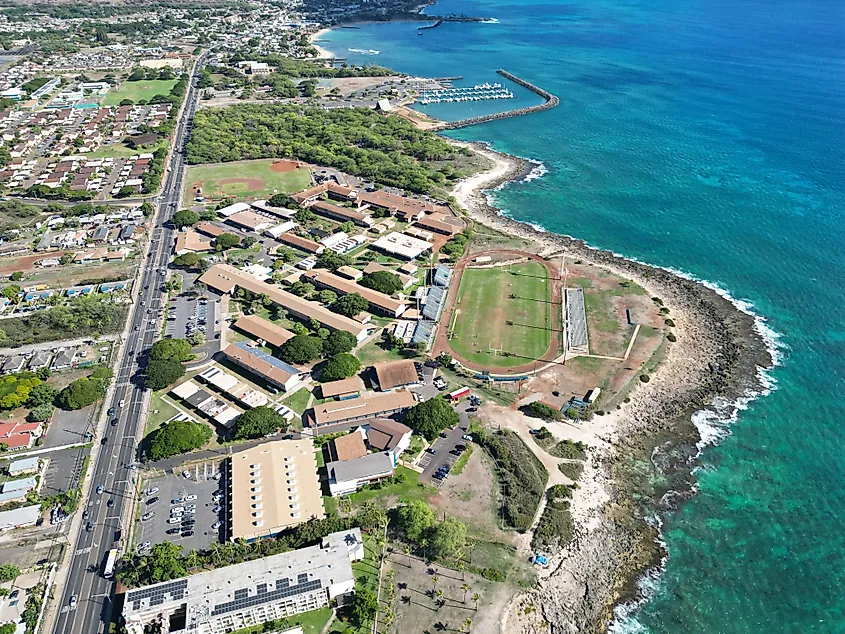
Sometimes all you want in retirement is time outdoors, and around Waiʻanae you will find coastal views, sea life, and layered Polynesian history. The name itself points to that heritage, with “wai” for water and “ʻanae” for mullet that were once plentiful in local ponds and nearshore waters. With home prices around $560,000, Waiʻanae can be a solid option for those seeking West Oʻahu living. If you prefer a bit more adventure, explore the Kuʻilioloa Heiau landmark on the point at Pōkaʻī Bay to take in the cultural history that Waiʻanae offers. Sea lovers can join Dolphin Excursions Hawaiʻi from the Waiʻanae Boat Harbor for a chance to observe marine life, or keep things quiet at Mākaha Beach or Pōkaʻī Bay. Everyday services cluster nearby along Farrington Highway, so you can balance beach time and errands without much trouble.
Captain Cook
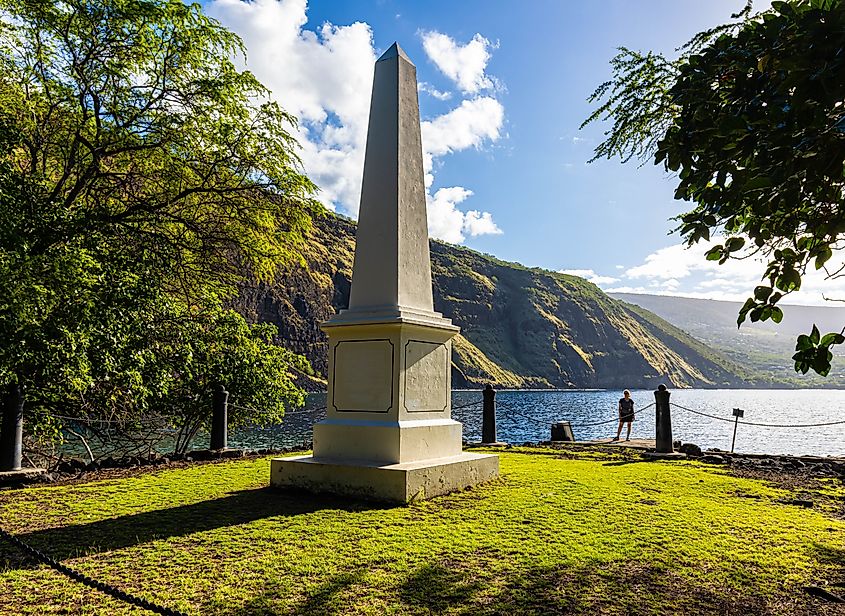
Captain Cook suits retirees who want small-town Kona life with real amenities. Typical home values sit just under $700,000, making it one of the pricier “affordable” picks on the island. History and scenery are close: the Captain James Cook Monument sits across Kealakekua Bay in the state historical park, and it’s best reached by guided kayak or canoe rather than the steep Kaʻawaloa Trail. Everyday needs are covered, with Kona Community Hospital about 10-15 minutes north in Kealakekua and groceries at ChoiceMART plus nearby pharmacy options. For low-key outings, tour the Kona Coffee Living History Farm, paddle Kealakekua’s clear water with Ehu & Kai Adventures, or wander the native-plant collections at the Amy B. H. Greenwell Ethnobotanical Garden. Captain Cook blends natural beauty, practical access, and a relaxed pace.
Maunaloa

Maunaloa offers quiet island living that appeals to active retirees. Typical home prices sit just over the $300,000 mark. You’re close to wide, sandy spots like Pāpōhaku Beach Park and Hale O Lono Beach, and Molokaʻi Airport is about a 15-20-minute drive. Because the town is remote and the island’s only hospital is in Kaunakakai, it’s smart to plan ahead for medical appointments, shopping, and deliveries. For getting oriented, A Touch of Molokai offers local guidance, and the Big Wind Kite Factory is a popular stop for distinctive gifts.
Papaʻikou
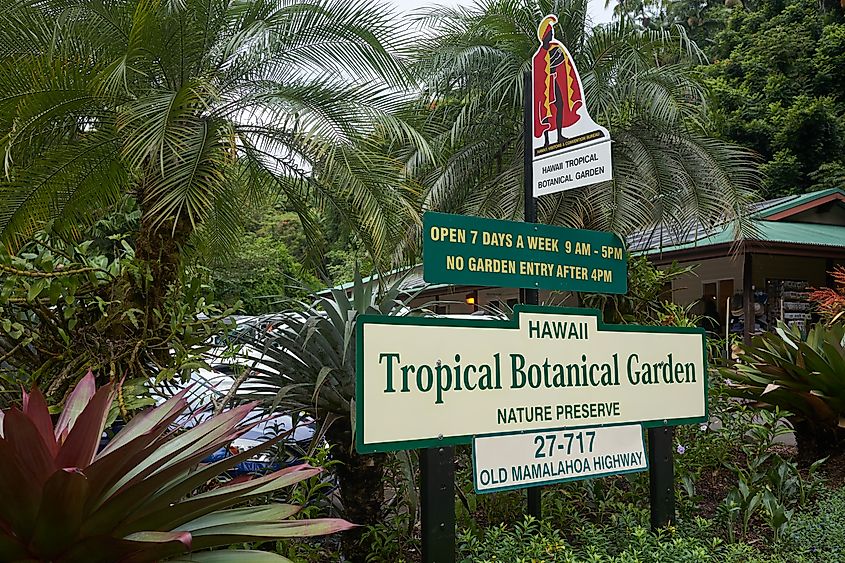
Papaʻikou suits retirees who like to get out and explore. The Old Māmalahoa Highway, also known as the Onomea or Pepeʻekeo Scenic Drive, winds past forested gulches and bays to the Hawaiʻi Tropical Botanical Garden, where visitors can see more than 2,500 tropical species. Typical home values are around $587,000, a trade for living minutes from rainforest valleys and ocean views. Hilo is close for supermarkets, pharmacies, and medical care at Hilo Medical Center. In town, Hāmākua Chocolate Farm offers tours and tastings of single-estate cacao, and the Krishna Cow Sanctuary provides a quiet place to visit with rescued cattle. Altogether, Papaʻikou blends easy access to nature with practical proximity to essentials, a good fit for active retirees who want variety without giving up convenience.
Lanaʻi City

Perhaps a little less affordable than others on this list, Lānaʻi City comes in around $700,000 on typical home values, which is still below the statewide median. The town has a strong community feel around Dole Park, with small businesses, galleries, and the Lānaʻi Culture & Heritage Center close by. Golfers can make a short drive south to the Jack Nicklaus-designed Manele Golf Course. If younger guests visit, Lānaʻi Adventure Park offers zip lines and aerial courses. Lodging such as the Lānaʻi Bamboo Garden Retreat sits right in town. Day to day, life here moves at a steady pace, with cooler upcountry weather and easy walks beneath Cook pines. You will trade bigger-city convenience for quiet streets and quick access to outdoor time, which is precisely the draw for many retirees.
Pahala

Standing out as one of the more affordable options, Pāhala’s typical home value is about $276,000. The town center keeps things simple with shops, the community center, and the public library, and there are regular events that make it easy to meet neighbors. A short drive brings you to Hawaiʻi Volcanoes National Park for walks among lava fields and native forest. Afterward, you can stop at Volcano Winery for a tasting. Head south toward Ocean View and you can continue to Ka Lae, often called South Point, the southernmost tip of the United States. For those interested in local faith communities or architecture, Pāhala has the River of Life Church and the Pāhala Hongwanji Mission. The overall mix is small-town routine, quick access to big landscapes, and housing that stays within reach.
Pahoa

Pāhoa is another small town with solid retirement options and plenty of local history. If volcano science grabs your attention, the Pāhoa Lava Zone Museum on Pāhoa Village Road offers exhibits tied to recent eruptions. Nearby, Lava Tree State Monument shows tree molds from past flows. For a practical retreat base, Hawaiian Sanctuary provides eco-lodging, daily yoga, and wellness programming just outside town. The Arts & Sciences Center supports community learning and events, and you can often find markets or workshops posted locally. Beaches are a short drive in several directions, including shoreline parks along the Puna coast. Housing remains comparatively attainable for Hawaiʻi, with typical home values near the mid-$280,000s, although list prices and individual sales vary. Pāhoa gives you an easy hub for errands and services, with quick jumps to nature and culture when you want them.
Finding Your Hawaiian Home
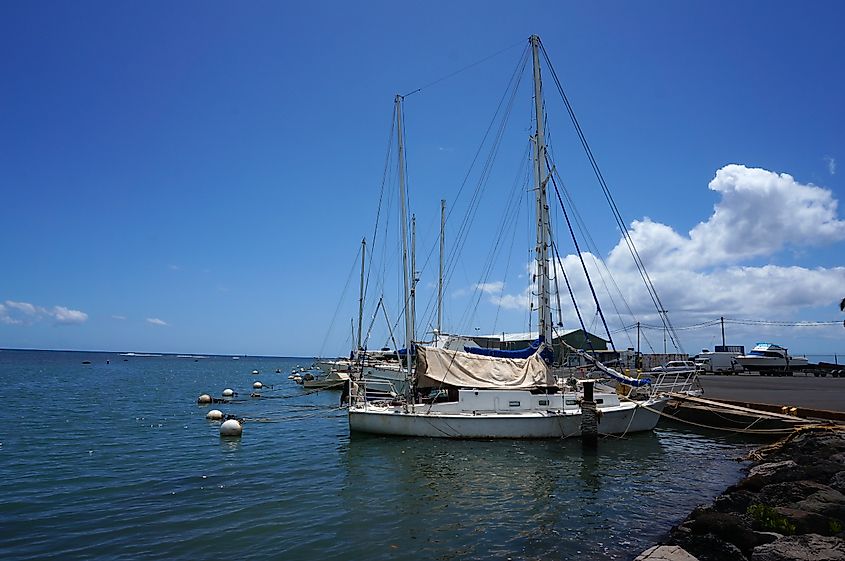
Retiring in Hawaiʻi involves a few trade-offs. Some places offer a quiet pace and small-town routines, while others keep you closer to hospitals, groceries, and frequent flights. Housing costs range widely by island and district, so it pays to match your budget to the right community. Think through how much you value quick access to medical care, how often you expect visitors, and whether inter-island travel matters to you. Once you have those answers, the choice becomes clearer. Towns like Lānaʻi City, Pāhala, and Pāhoa each offer a different mix of price point, services, and nearby landscapes. With a realistic budget and a short list of must-haves, you can pick a base that fits your retirement plans without giving up the parts of Hawaiʻi life you care about most.
